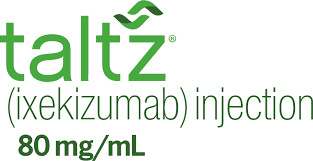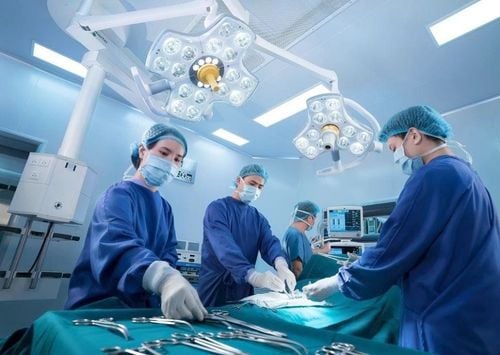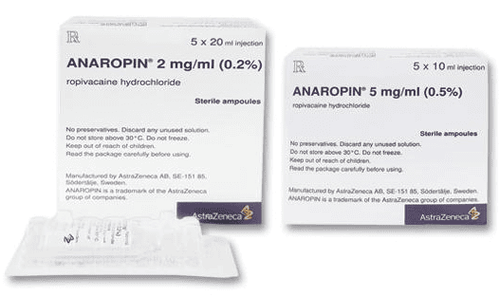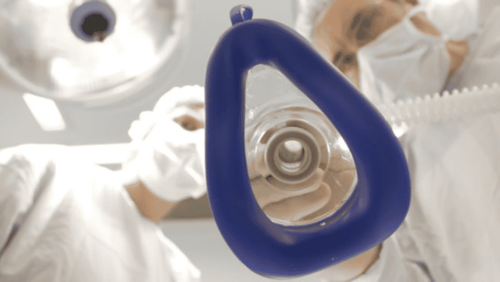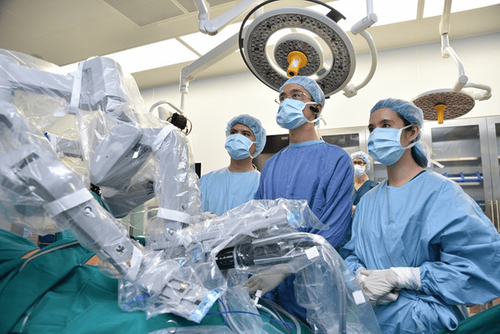This is an automatically translated article.
The article was professionally consulted by Specialist Doctor I Nguyen Xuan Tinh - Anesthesiologist - Resuscitation - Department of General Surgery - Vinmec Phu Quoc International General Hospital. The doctor has more than 18 years of experience studying and working in the field of Anesthesia - Resuscitation.Patients with ankylosing spondylitis often present with kyphosis, which affects quality of life and ability to work. Surgery is an effective treatment for spinal deformities. In particular, the work of anesthesia and resuscitation in ankylosing spondylitis surgery is very important to contribute to the success of the surgery.
1. Ankylosing spondylitis
Ankylosing spondylitis is a chronic, long-lasting disease characterized by pain and damage to the sacroiliac joints, spine, and lower extremity joints. The disease makes the vertebrae stick together and swell, leading to difficulty moving, kyphosis, deformity of the spine. Patients will have symptoms such as:Pain in the lumbar spine and lumbar region: The patient usually has pain in the early morning or evening, accompanied by symptoms of stiffness. The patient has uncomfortable pain and may wake up from sleep; Back pain that starts at the pelvic joint: Back pain can be localized to one point or spread to the entire spine. Inflammation of the sacroiliac joint with pain in the buttocks on one or both sides. The lower part of the spine in the patient will be less flexible, must lie on the side with the shrimp's back or lie on the back with a pillow with the head high to reduce pain, however, it will make the back hunchback not good; Pain in adjacent parts: Pain in the joints of ribs, shoulder bones, sternum, knees. Ankylosing spondylitis is a common and inherited disease. The disease is common in men and appears before the age of 35, a few cases will appear after the age of 45. Ankylosing spondylitis, if not treated in time, will affect joints, scoliosis, spinal deformities and even disabled and in need of family and social care.
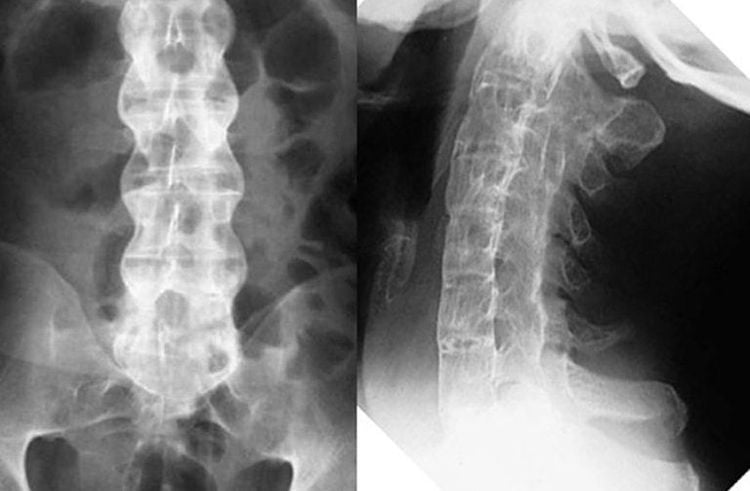
2. Anesthesia resuscitation in ankylosing spondylitis surgery
When the patient has spinal deformities caused by ankylosing spondylitis. At this time, surgery is the most effective way to realign the spine. Anesthesia is one of the decisive steps contributing to the success of the surgery and the patient's recovery.First, the patient is thoroughly examined before surgery. From there, the doctor can assess the overall condition, treat accompanying diseases such as diabetes, hypertension, respiratory dysfunction, cardiovascular diseases,... The physical examination and combined with laboratory tests to predict the appropriate method of endotracheal intubation such as using a flexible bronchoscope or using a camera laryngoscope. If not carefully assessed or do not have appropriate methods, it can affect the patient's life. Therefore, this is a very important step and a challenge that is directly related to the possibility of anesthesia and surgery.
Next, the doctor needs to determine the appropriate surgical position for the patient. For patients with spinal deformities caused by ankylosing spondylitis, calculating and preparing in advance suitable and flexible postures for each patient is a mandatory task. In fact, many patients have complicated spinal deformities and have to postpone surgery many times because the surgical position has not been designed properly.
During surgery, bleeding control and blood replacement by using Cell Savage system for suction and filtration to reuse all bleeding during surgery. From there, it is possible to limit the transfusion of allogeneic blood and minimize the complications of blood transfusion. This is also an extremely effective measure in case the patient loses a large amount of blood.
Finally, after surgery, the patient needs to be resuscitated to recover quickly. Therefore, strategies to control and relieve pain after surgery are extremely important. Given the pathophysiological characteristics of ankylosing spondylitis, the dura is closely adhered to the vertebrae and is easily injured during surgery. , so it is often difficult to anesthetize this area.

In summary, anesthesia resuscitation in surgery for ankylosing spondylitis is a step that confirms the important role of anesthesia resuscitation. This is an important step and determines the safety in surgery, reduces postoperative pain, contributes to improving the quality of treatment as well as bringing satisfaction to the patient.
Currently, to ensure safety during surgery for ankylosing spondylitis, customers can choose Vinmec International General Hospital because this is one of the hospitals that strictly apply anesthesia practice standards. safe surgery according to international guidelines. Vinmec has a team of experienced anesthesiologists and nurses, modern equipment such as: nerve detectors, ultrasound machines, Karl Storz's difficult airway control system, comprehensive anesthesia monitoring system GE's AoA (Adequate of Anesthesia) including monitoring of anesthesia, pain and muscle relaxation will provide high quality and safety, helping patients to have adequate anesthesia, not wake up, and do not have residual muscle relaxants after surgery.
Vinmec Health System is also proud to be the first hospital in Vietnam to sign with the World Anesthesiology Association (WFSA) towards the goal of becoming the safest hospital for surgical anesthesia in Southeast Asia.
Please dial HOTLINE for more information or register for an appointment HERE. Download MyVinmec app to make appointments faster and to manage your bookings easily.





